Meet our CODE_n CONTEST Finalists 2016: NIMD from Israel
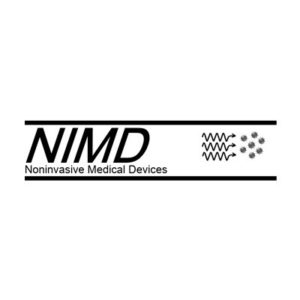 NIMD (noninvasive medical devices) is a medical device startup focused on the treatment of cancer currently at the R&D stage. Its revolutionary technology is based on microwave and nanotechnologies. The device of our CODE_n CONTEST finalist can heat and kill cancer tumors at low microwave powers and at high precision without causing damage to the surrounding tissue. Needless to say, the team around NIMD belongs to our HealthTech cluster and aims at finding a solution to cancer and improving people’s quality of life. We talked to Founder and CEO Anan Copty to learn more about his startup:
NIMD (noninvasive medical devices) is a medical device startup focused on the treatment of cancer currently at the R&D stage. Its revolutionary technology is based on microwave and nanotechnologies. The device of our CODE_n CONTEST finalist can heat and kill cancer tumors at low microwave powers and at high precision without causing damage to the surrounding tissue. Needless to say, the team around NIMD belongs to our HealthTech cluster and aims at finding a solution to cancer and improving people’s quality of life. We talked to Founder and CEO Anan Copty to learn more about his startup:
What is NonInvasive Medical Devices all about? How did you come up with the idea?
Anan:NIMD is a medical device startup developing cancer treatment devices at the pre-clinical stage. It utilizes microwave and nano technologies to selectively and noninvasively, heat and kill cancer tumors with no damage to the surrounding tissue. The device will also noninvasively detect early stage tumors. NIMD believes it has the ultimate device for cancer thermal treatment.
NIMD‘s team consists of a diverse, passionate and innovative group of scientists and engineers. It has finished its proof of concept stage, with IP generated, animal studies performed, and the company is currently raising its Series A round. We are targeting the European market, and then, the American and Asian markets.
After seeing so many close people die or suffer from cancer, a huge research was started to figure out what can be done. Both founders were working at Intel Corporation before the creation of the company. They decided to quit their jobs and start NIMD in January, 2015. It was a big risk to leave a stable job as both founders have families to take care of. But, both founders feel that is was the best decision they made and carried through with the project. Today, NIMD is making big progress. In less than one year with funding, NIMD built its team, built is laboratory, took the concept into a working prototype, tested the device on biological phantoms mimicking the body, and started performing animal studies.
“Digital Disruption“ – that’s the motto of this year’s CODE_n CONTEST. What makes your solution innovative, what makes it disruptive?
Anan: In the last 40 years, researchers and medical scientists have been trying to make use of invoking thermal techniques into the treatment of cancer. Thermal treatments can be effective at killing cancer cells either directly if high temperatures are used (>50C) or as an adjunct therapy to radiotherapy or chemotherapy where lower temperature are use (40-45C in hyperthermia mode). But, the main issue is how to heat and kill cancer cells without damaging the surrounding tissue.
NIMD has developed its own patented solution utilizing microwave and nano technologies to solve this problem. The device created can selectively kill cancer cells without causing any damage to the surrounding tissue. The procedure is also done noninvasively. In Breast Cancer, one of the main focuses of NIMD, this feature can be useful as it reduces the need for surgery, does not leave marks or cosmetic damage, and the procedure is performed only once or twice so that the patient can go home the same day. The selectivity can also be useful when the treated region is located near sensitive organs.
An additional feature that NIMD device offers is the ability to detect and image the cancer location. It is useful prior to the treatment to locate the position of the tumor to place the heating applicator above that region. Typically, MRI, CT or other imaging modalities have to be invoked to perform this task. But, with this feature found on the same device, NIMD can provided a bundled end-to-end solution that is very desirable for the physician. It also allows for use of this device at smaller clinics that do not have large and expensive imaging tools.
You’re one of the 13 finalists in the HealthTech contest cluster. Which challenges do you think young companies have to face in this sector? How do you handle these challenges?
Anan: Before we started NIMD, there were many who recommended we do a different startup. The reason is that medical device companies have a long path to market and require a large amount of money for performing clinical trials and going through the regulatory processes in different regions and market segments. Also, the medical device startup seen has lost some of its popularity for investors due to other alternative markets that may have a huge return on investment in a shorter time.
Still there is a large amount of medical device companies with great ideas but with little amount of capital. In Israel, for example, there is over a 1000 medical device startups and a handful of investors in this specific segment.
There are different approaches to handle these challenges. A startup company should try to do more with the little it has. In other words, it has to be resourceful and innovative at every step. There is no magic formula. But, the first thing is to be very firm in your belief about the technology solution you offer at the same time being dynamic at making changes or finding better options for the use of your technology. Asking, challenging and humbly learning from the experts are very desirable.
Are you already working together with certain clinics or institutions that use your solution? How hard is it due to restriction and compliance in the medial sector to actually enter the market as a new company?
Anan:NIMD is currently at the pre-clinical stage. In other words, it is performing animal studies as a preparation for the clinical studies. NIMD has several advisors that help meet its goals. These include: medical doctors in the cancer areas, entrepreneurs or former CEO’s of successful companies with strong exits, and business advisors. As a startup company, you learn quickly that networking and getting every small piece of advice is very helpful to the success of the company.
There are a lot of different commercial options to treat cancer. The challenge is to convince the medical community that there is a need for your particular device through its unique features. At the same time, convincing the regulatory body that your treatment method is safe with high efficacy. So, the bar to cross is very high. NIMD is constantly aiming to make itself relevant by attentively listening to the experts and executing its activities quickly and flawlessly.
Thanks for taking the time to talk to us, Anan!


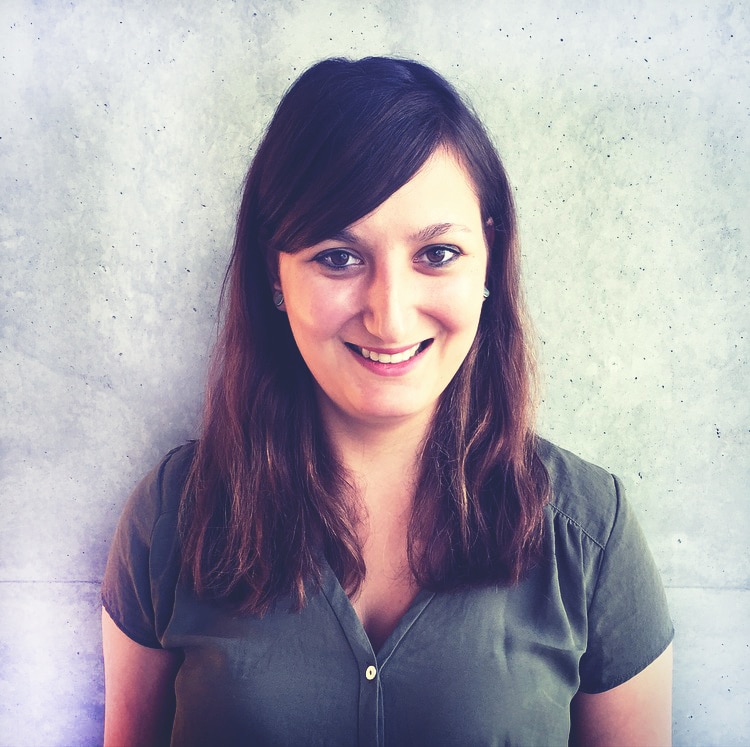
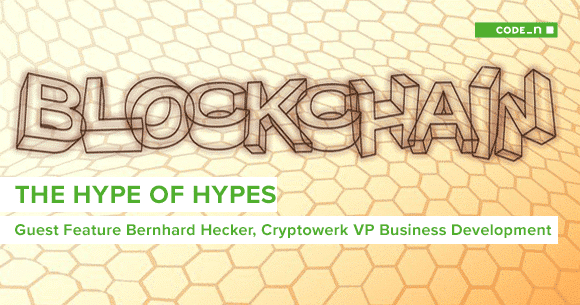
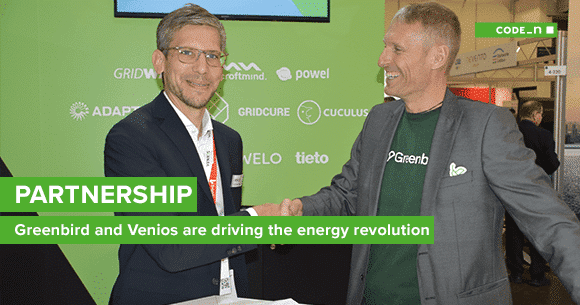
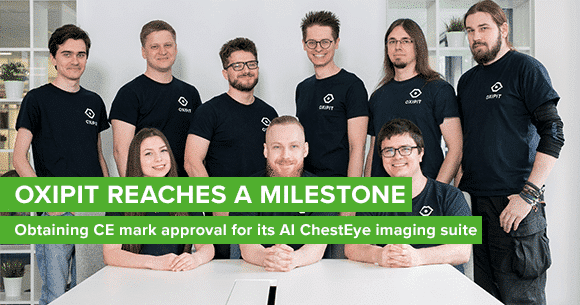
Write a comment